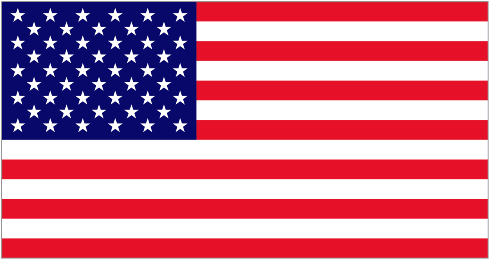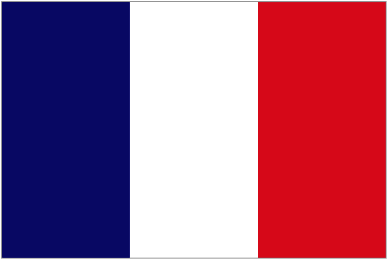So, let’s start to apply what we have just learned to some real-time situations. In the next lesson topic, we will take a look at the Cuatro applied to some modern music, which is the direction the instrument is starting to take. As you may be aware though, the origins of the Cuatro have been helping musicians play traditional or folkloric music. The features of the Cuatro have been modified to be able to cope with these demanding genres as they require a robust instrument that can withstand a lot of pressure. This re-enforcement we can see by taking a look at the fingerboard which covers the top half of the instrument. This is the iconic symbol or feature of the Cuatro and can help us distinguish the instrument from its cousins such as the Ukulele.
Let’s take a look at a nice example of a rhythm being Seis por Derecho and in this case, we will have a closer look at it in D Major:
Seis Por Derecho in D Major
The chords played within the video are D Major, G Major, and A7. This is also following a progression of I – IV – V (for more information on this please refer to the previous lesson topic relating to the tonic, sub-dominant u0026amp; dominant chords of D Major). Don’t worry too much about the rhythm for this one, the strumming pattern is 6 strums in a down, up, down, up, down u0026amp; up fashion. In this rhythm, we make use of the frenados which is a slightly more advanced strumming technique looked at closer in a future lesson. The rhythm is as follows first without the frenados and later on with the frenados:
Without Frenados
With Frenados
Essentially the frenado is the “tack” sound you hear which is executed by hitting the chords in a muted fashion. If you want to give it a try go ahead, we do recommend to take a look at the lessons on frenados prior to doing so in order to ensure proper executions within the Exploring u0026amp; Applying for Strumming course. For the moment, in this case, play along with the progression in the video along with the depicted chords. You will find yourself playing the original sounds of the Cuatro already by keeping this rhythm and applying these chords!


